Featured image credit: WeHeartIt
Confession: memes are one of my favorite tricks of the trade for boosting engagement on social media. They’re timely, they’re hip, and when chosen right, they can really align to help your brand connect with its audience in a fun-loving manner.
When speaking with a previous client about her company’s needs, she mentioned that they were looking to steer away from memes. When I asked her why, she said that they had been over utilizing memes to the point where she could no longer distinguish the difference between the company Facebook page and the Buzzfeed homepage. Fair point.
It got me thinking about that fine line between showcasing a meme and maintaining your brand’s integrity – and how far a good meme will take you.
Let’s take a look at how some of the fashion industry’s best-known brands tackle this.
Form a Cohesive Series: Refinery 29
Refinery is very crafty and creative about how they do this . You’ll notice they don’t brand their images, but put them together in a way that that’s both uniform and eye-catching.
All of the above quotes were related to the July 2016 Dallas police shootings, and it’s clear that they made great effort to make sure that these quotes were as visually cohesive as they were thematically. Refinery 29 does switch up its template with other quotes, but it’s clear these were meant to be a unique series.
Form a Cohesive Series: Covet Fashion
I adopted the same approach on Women’s Equality Day in 2015, choosing to use three quotes from designers we worked directly with.
This integrated the Covet brands straight into this day of recognition. It also showed how important of a cause women’s equality is to our company, and created a cohesive series built on a similar template.
Adapt Your Own Template: Seventeen Magazine
Seventeen does a great job of differentiating their templates while sticking to a general theme – one that’s bright, in-your-face and perfect for their teenaged audience.
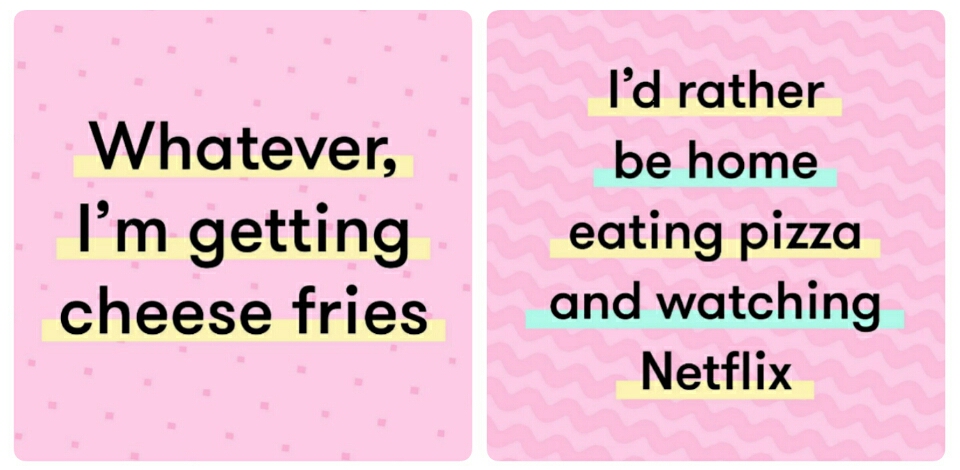
Notice that these quotes are replications, not duplications of each other – just enough to keep it fresh, but similar enough to remind you where it came from.
Use Your Own Template: Covet Fashion
I made several relevant quotes for Covet Fashion from a template customized for me by our in-house graphic designer.
You’ll notice I did not distinguish the templates from each other as much as Seventeen did, which would have been a great improvement. Lessons learned for next time!
And an interesting side note: I continued to monitor how Mindy Kaling quotes were used on Instagram (I’d like to think of her as the millennial girl’s spirit animal). I saw loads of reposts of my exact quote – and eventually, Poshmark themselves reposted it.
Seeing your meme spread through social media is a great compliment. It means that people loved it, identified with it, and wanted to share it. But the credit was lost along the way, and few of the people who viewed the reposts knew where it originated from. At that point, it stopped being useful for our business objectives.
Adapt a Meme: Covet Fashion
I was brand new in my role at Covet Fashion and wanted to think of a good way to insert the Covet name into a well-known holiday saying.
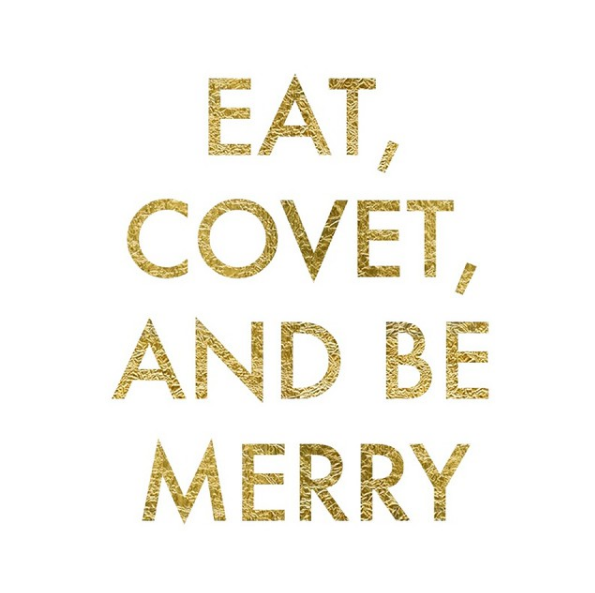
Brand Your Meme: Cosmopolitan
Cosmopolitan magazine does brand their images, but they’re as subtle about it as they possibly could be. Note the small capital ‘C’ in the right-hand corner. Not intrusive, but present.
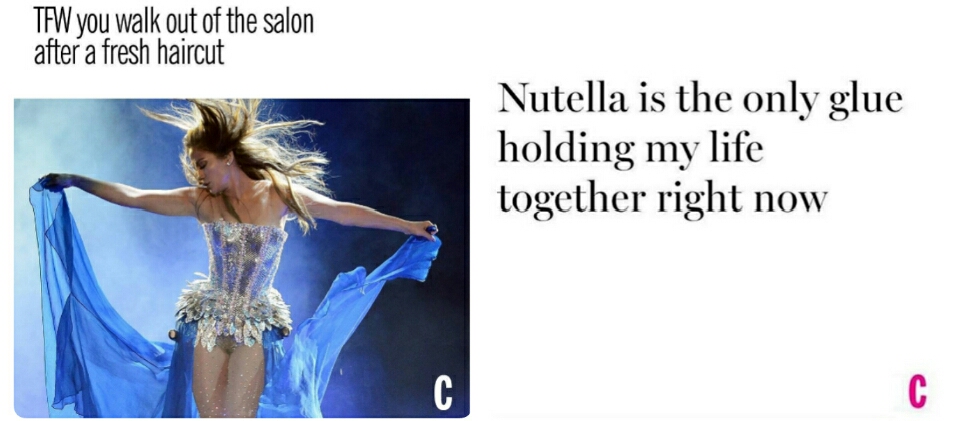
Brand Your Meme: Poshmark
Poshmark has taken the same approach by using subtle branding on their memes. Their name doesn’t even appear at all, just their logo.
Why brand?
Reposting is a very, very common practice on Instagram and social media as a whole. The difference with Instagram is that the original poster rarely gets credit.
On Twitter, a retweet clearly displays the original author. Sharing on Facebook is the same, as is reblogging on Tumblr.
There’s an app called Repost that is sometimes used on Instagram. But for the most part, it’s understandably less enticing for a reposter to admit that they didn’t come up with this content on their own.
Branding can lead to slightly lower engagement, but it’s a judgement call for your brand. Would you rather the high engagement levels, or is protecting your original content your first priority?
Whatever you decide, consider using memes to make your audience’s experience a more entertaining one.
Some things to take into consideration when posting a meme
- Is this something my audience would care about?
- Does this relate to my business?
- Could this be potentially offensive to my followers, and lead to them unfollowing me?
- Is this in line with my overall brand voice?
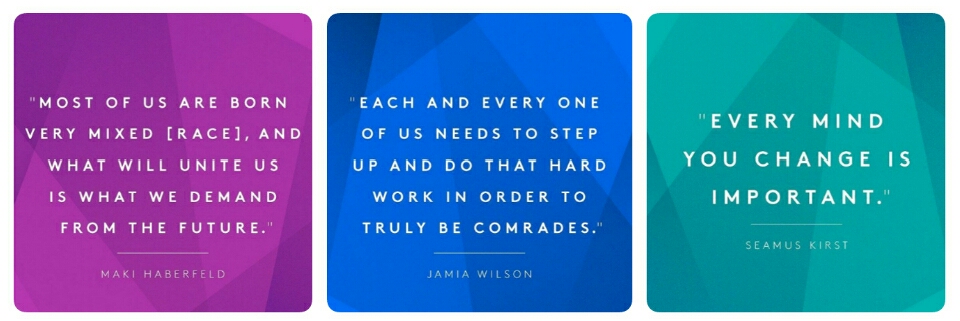
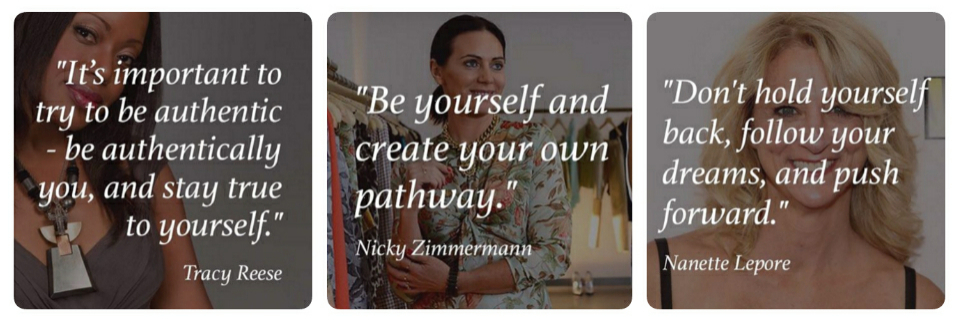
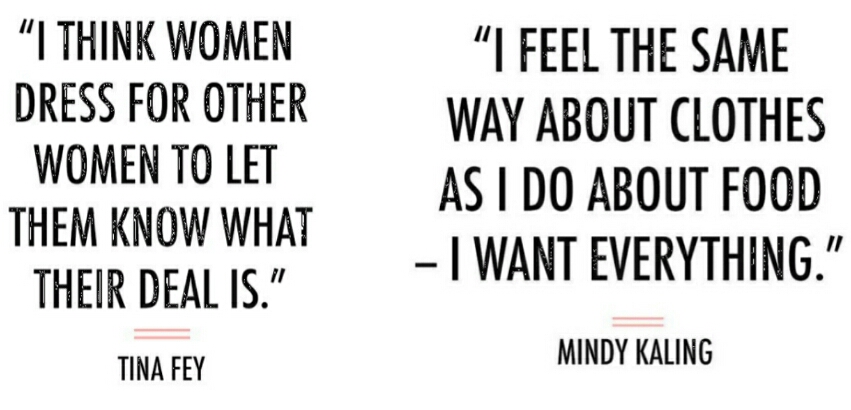
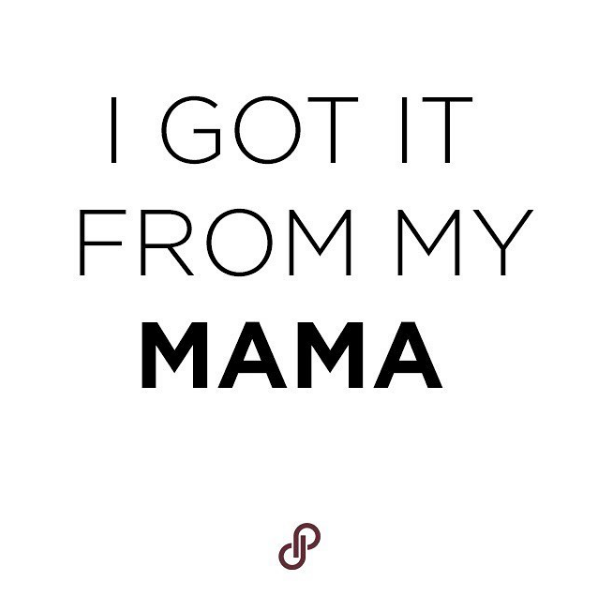
Leave a Reply